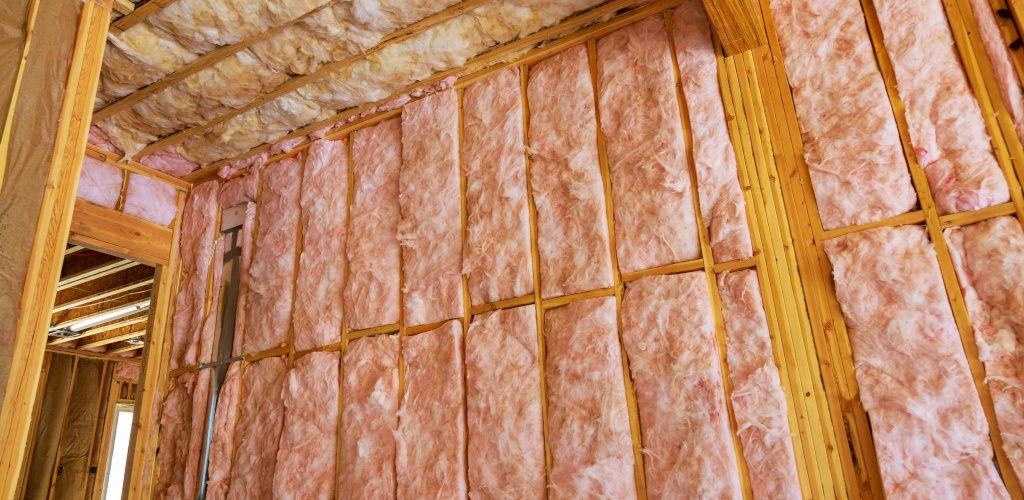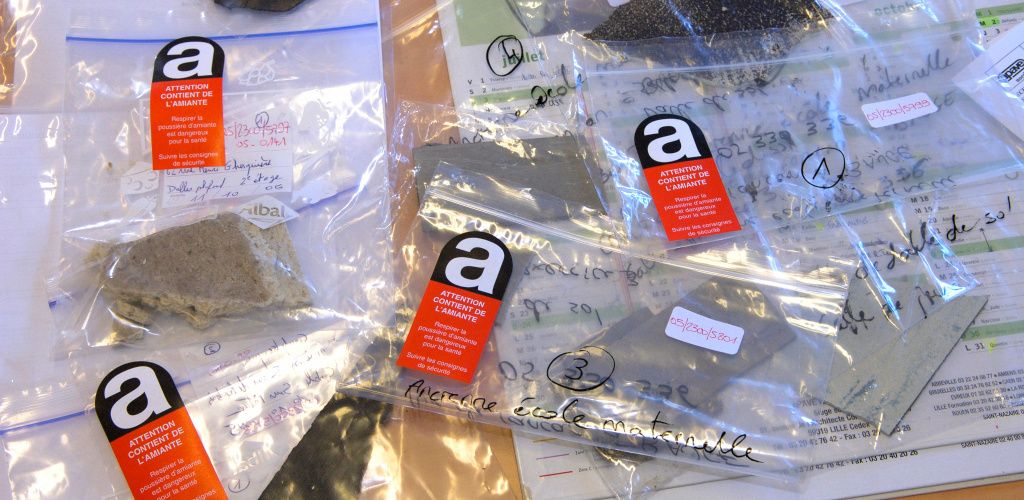 Armco Asbestos Surveys
Armco Asbestos Surveys
Asbestos, once celebrated for its fire-resistant properties and durability, has left an indelible mark on public health and safety due to its carcinogenic nature. While significant strides have been made in asbestos management and regulation, the journey toward effective asbestos handling is far from over. In this article, we explore the exciting innovations and advancements that are shaping the future of asbestos management and removal.

Traditional methods of asbestos detection often involve taking samples and conducting laboratory tests, a process that can be time-consuming and sometimes invasive. However, the future brings a range of advanced detection technologies that promise quicker and more accurate identification. Artificial Intelligence (AI) and machine learning algorithms are being trained to analyse images of materials to identify asbestos-containing components swiftly. Spectroscopy, which involves analysing the interaction between matter and electromagnetic radiation, offers a non-invasive and precise method for detecting asbestos fibers within structures. These emerging technologies not only expedite surveys but also minimise potential exposure during the inspection process.

Historically, asbestos removal was often associated with disruptive and resource-intensive processes. However, forward-thinking approaches are revolutionising the way asbestos is removed. Robotic removal systems, guided by AI and remote operation, are being developed to navigate confined spaces and dismantle asbestos-containing structures with precision. Advanced encapsulation materials are being engineered to envelop asbestos fibers, preventing their release into the environment during demolition or refurbishment projects. These innovative methods prioritise both worker safety and environmental preservation, marking a significant step forward in asbestos management practices.

Governments and regulatory bodies across the world are recognising the urgent need for stricter asbestos regulations. The latest research and data on asbestos-related diseases are influencing the development of comprehensive guidelines for handling asbestos. These regulations encompass a range of aspects, from occupational safety practices to waste disposal protocols. By integrating best practices and harmonising standards on a global scale, professionals working with asbestos gain access to the most up-to-date safety procedures.

Efforts to manage asbestos extend beyond its removal; they involve the exploration of safer alternatives. Researchers are actively investigating substitute materials that possess similar desirable properties without the associated health risks. For instance, fire-resistant minerals and synthetic materials are being developed to fill the gap left by asbestos. These alternatives are not only viable for various applications but also contribute to reducing the demand for asbestos-containing products.

Public education plays a vital role in preventing accidental asbestos exposure. Outreach campaigns, both online and offline, are raising awareness about asbestos risks, how to identify potential hazards, and when to seek professional assistance. By imparting knowledge about asbestos-related risks, individuals can make informed decisions about their living and working environments, ultimately reducing the risk of exposure.

Asbestos management is a global challenge that transcends borders. Collaborative efforts among experts, researchers, and regulatory bodies facilitate the exchange of knowledge and experiences related to effective asbestos management strategies. Sharing successful methodologies, case studies, and research findings accelerates progress and ensures that valuable insights are universally applied.
In conclusion, the future of asbestos management is characterised by innovation, collaboration, and an unwavering commitment to safety. Through the integration of cutting-edge detection technologies, safer removal methods, stringent regulations, alternative materials, heightened public awareness, and global cooperation, we are collectively moving towards a future where asbestos-related risks are minimised. By staying informed and engaged, we contribute to a world where responsible asbestos management is the norm, safeguarding the well-being of present and future generations.
Published Aug 23, 2023